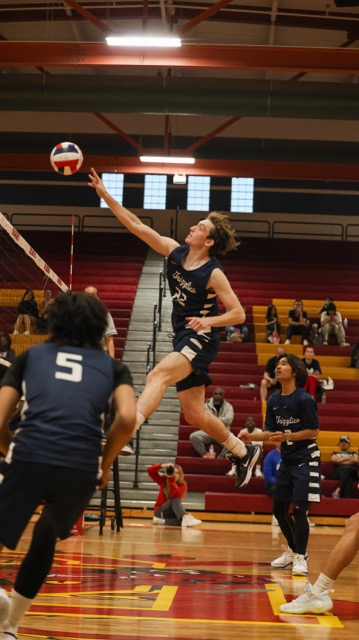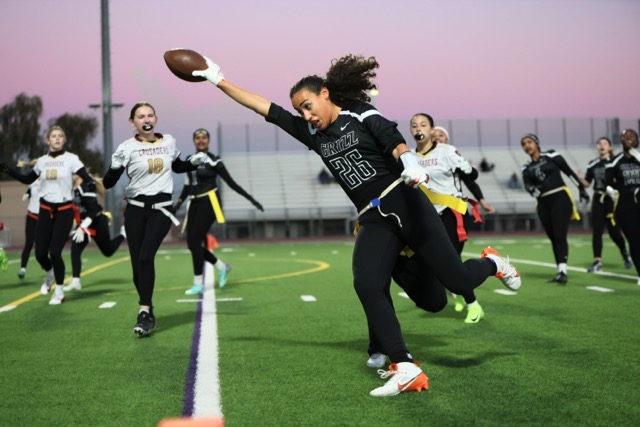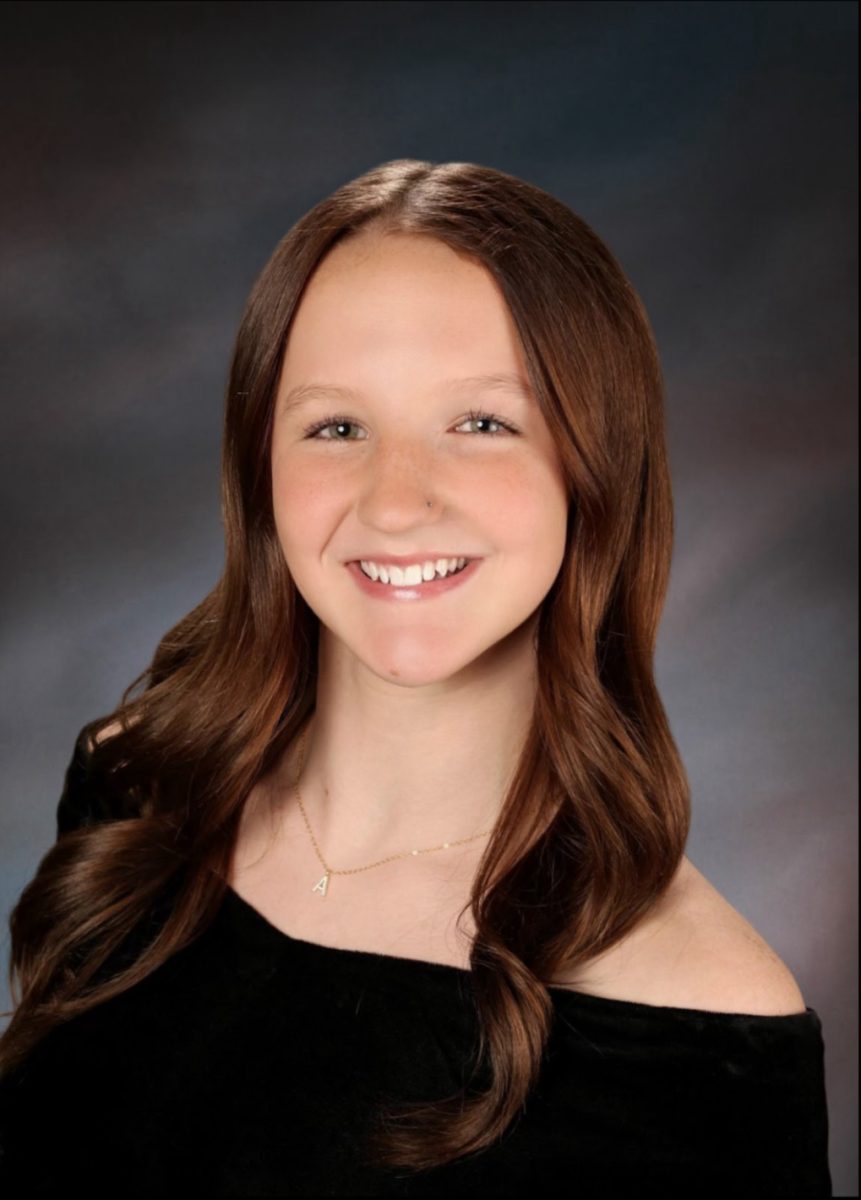Student athletes can now participate in multiple levels of a sport [freshman/B-team, junior varsity and varsity] in one day, and they only need five practices to make them eligible for participation, according to regulation changes made by the Nevada Interscholastic Activities Association during their March conference.
The NIAA also revised their sportsmanship policies for student athletes, coaches and parents, and they changed a few administrative policies as well.
“I know there was a board that was very thorough in making sure [the changes] were well thought out,” athletic director and head women’s varsity coach Billy Hemberger said. “I feel like the rule changes that took place, they benefit kids, and that’s really what it’s about.”
Previously, student athletes could only participate in one level of a sport per day. Now, any student athlete (with the exception of football players) can partake in competitions for their team for two levels during the same day. However, this regulation change will restrict the amount of tournaments athletes can be a part of to the number of tournaments the sport will partake in, regardless of level. That means, if a certain sport takes part in three tournaments, that athlete can only compete in three tournaments for the team, disregarding level.
“Being able to move up or down a particular roster, from varsity to JV or B to JV, allows our students that are right on the edge of being on the higher level team the opportunity to have some time, experience and minutes with the higher level,” athletic administrator Gregory Stack said. “However, for the development, being able to come down and play on the lower level team allows them to put more minutes, for instance, into a basketball game, so they can develop to be solid … later down the road or in the current year.”
The second rule requires participation in only five practices for athletes to become eligible. Both football players and baseball pitchers still need to participate in ten practices before they become eligible. The NIAA dictates when a school can begin practices and the team selection process, those of which can be found in the handbook located on their “Publications” section of the website.
“It doesn’t make too much of a difference,” head track and field coach Nathan Pangelinan said. “The five [practice rule] makes it better for the athletes that come in late, so I would say that’s the bonus. We’re already doing [practices] in January, so most of the kids will get more than ten practices. … I think having the five [practices] are good for the add-ons, but most athletes who are going to be serious about their sport are going to be doing things ahead of time.”
The NIAA also changed their sportsmanship policies to deal with the rising number of ejections in Nevada. In the 2017-2018 school year, Nevada high schools accumulated 276 ejections. That number increased to 309 the following year. The major contributor of ejections is boys’ soccer, with 62 players and five coaches ejected in 2017-2018 and 68 players and seven coaches in 2018-2019. The NIAA has tried to combat this problem by revising the consequences for ejections. The first time an athlete is ejected, they are suspended for one game, and they must take an online course in order to be reinstated. The NIAA recommends that for second-time ejections, the athlete will be suspended two games and must take the course again. For three, the athlete will not be able to participate for the rest of the season. Spring Valley will use this system starting this school year.
“They needed to do something to make sure that sportsmanship was a focus,” Hemberger said. “[In] youth sports, sportsmanship is a joke. … [And it comes in] three different ways: coaches handling themselves terribly on the sidelines, from players … and the parents are out of control. Looking at those things, enough is enough.”
The other two major regulation changes hit more on the administrative side. One announced that schools are no longer able to appeal a forfeit by stating that the school could’ve won if an ineligible participant hadn’t played. The last rule states that if a sports administrator or representative of the sports program does not show for a meeting, their school will be fined $100, or responsible person will have to take a class to avoid the fine. This applies to coaches’ meetings with officials as well.
“If you play an ineligible player, you shouldn’t win,” Stack said. “We are students first. [With the fine rule], of course [it’s fair], as long as there’s rules and regulations that need to be in place. Sometimes, [a] rule comes out, and they don’t apply the rule, and they don’t follow the rules until there’s a consequence for breaking the rule.”







